Ask AI on The Internet
Question: A S.P.E.C.I.A.L. Learning environment Summary: Together with the caring environment, this next section introduces and explores what it means to create enabling learning environments by bringing in seven principles that optimise or boost learning. Key Concepts: ● The elements of a learning environment, based on the principles of guided play ● The teacher’s role in creating an environment for learning Once you have created a caring and emotionally safe space, the next key element to creating a lifelong learning experience for learners – where they are intrinsically motivated to learn, discover and solve problems – are the seven S.P.E.C.I.A.L. principles of learning. Discovery learning Research tells us that infants learn through discovery, trying and trying again, pursuing a goal (like learning to walk) and all while they are having fun! Remember we also said they had an inborn and intrinsic motivation to learn. Research has summarised the key principles that are essential to learning, namely: Social interaction, Purpose, Enjoyment, Curiosity, Iteration, Active engagement and Learner autonomy. To help you remember these, we have created a word that is easy to remember: S.P.E.C.I.A.L. – an acronym for these seven critical principles of learning. If we are going to prepare learners for a changing world, we need to make sure that the principles that will prepare them to learn are in place. Some teachers may already be performing many of these S.P.E.C.I.A.L. principles. Believing it’s possible (your heart) The first step is to believe that a S.P.E.C.I.A.L. learning environment and PBL will prepare learners. This belief will drive your motivation and give you the energy to create your S.P.E.C.I.A.L. classroom. Just like the intrinsic motivation to learn – you will need to be intrinsically motivated to teach in this way. You will need to be purpose-driven in your belief in this approach, to have confidence because of your mastery of your profession and feel free and independent to do what you know works, that is to have the autonomy to make your own best choices. Understanding how it works (your head) The second step is for you to know how to create a S.P.E.C.I.A.L. classroom and what your role is in this environment. This guide will give you more detail on how to do this. Creating the environment (your hands) The third step is to just do it! Have the confidence to start. First make sure you have created a caring environment where learners feel free to “fail”. Then ensure that each element of S.P.E.C.I.A.L. is present as you teach. Look out for opportunities to nurture skills such as collaboration, communication, critical thinking and creative innovation in all learning activities because these are the skills that will prepare learners for their future. Social Interaction Social interaction is all about interacting or working together with others to achieve a goal. This is one of the most important ways that humans learn. Humans learn best by watching, copying, asking, listening, discussing, helping, and sharing with others. We don’t need to teach social interaction to people; it is a natural human characteristic. However, we do need to provide opportunities for learners to practise social interaction so they can get better and better at social interaction. Some of the best methods of social interaction include listening, discussing and helping each other. Purpose “Purpose” is the reason why we do things or why something exists. Purpose is like a battery that powers our behaviour. We are likely to focus on information or activities that we find purposeful, meaningful, and useful. As a teacher it is important to connect the learning in school to learners’ lives outside of school. You can make the learning real or connect what learners are learning now to their future. Enjoyment The principle of joy, or enjoyment in the context of a S.P.E.C.I.A.L. learning environment does not mean fun and games. It means the deeper sense of joy we feel when we work hard and finally master a challenge. There is natural joy in learning, and we often see it in young children. Curiosity Curiosity is sparked by a need to explain the unexpected and discover more about the unknown. All the world’s greatest innovations and discoveries were powered by curiosity, by somebody asking Why…? Or I wonder what…? Or What if…? Or How…? Iteration Iteration (repeating) is part of the natural learning cycle. Trying, failing, learning from mistakes and trying again is the way people learn. Learning to walk is iterative as toddlers go through the natural cycle of standing, walking, falling and standing up to try again – helping each other; each time improving and getting a little better until they have mastered the skill and can walk and run around with confidence. Active engagement To be active or to act is to do something and be involved. When people are actively engaged with an activity, they are fully focused and absorbed in what they are doing. You know those times when a child is so deeply involved in what they are doing they don’t even hear you call? That’s an example of active engagement. Learner autonomy The main purpose of the DBE-E3 programme is to prepare learners for a changing world. A big part of being prepared is being responsible for yourself, to have the skills that make you independent, that help you organise yourself and make wise decisions. Young children fight for independence. They want to feed themselves, choose their clothes and make their own decisions about who to play with. This is the spirit of independence that learners need as part of their preparation for a changing world, and is the purpose of learner autonomy. QUESTION 3 Read the text and answer the following questions It is the teachers’ responsibility to create an enabling learning environment for learners by bringing in seven principles that optimise or boost learning. Read the following activities given to learners. Identify and write down one S.P.E.C.I.A.L principle that is demonstrated in each activity. NB: These principles are stated in Learning Unit 7 of your learning guide. Do not rewrite the statements. 3.1. When the Grade 5 Economic Management Sciences (EMS) class is given a task to role-play entrepreneurship day. (2) 3.2. A group practical activity to demonstrate the concept “evaporation causes cooling” in a science classroom. (2) 3.3. Grade 9 Natural Science class learners asked if a cup of cold water and a cup of cold milk are placed in a refrigerator at the same time, which one will freeze first’? (2) 3.4. Learners writing a mid-year examination. (2) 3.5 Grade 3 learners singing the song of ‘alphabets. (2) 3.6 A Mathematics re-test on mixed fractions is given to grade 4 learners. (2) 3.7 A research activity about the relationship between the learner’s blood groups and the appropriate food to eat. (2)
Sure, let's identify the S.P.E.C.I.A.L. principles demonstrated in each activity: 3.1. **When the Grade 5 Economic Management Sciences (EMS) class is given a task to role-play entrepreneurship day.** - **Principle: Social Interaction and Active Engagement** This activity requires learners to work together, interact, and engage actively in role-playing scenarios related to entrepreneurship. 3.2. **A group practical activity to demonstrate the concept “evaporation causes cooling” in a science classroom.** - **Principle: Active Engagement and Iteration** The practical aspect of the activity ensures that learners are actively engaged, and performing the experiment may involve iterations to observe the cooling effect caused by evaporation. 3.3. **Grade 9 Natural Science class learners asked if a cup of cold water and a cup of cold milk are placed in a refrigerator at the same time, which one will freeze first?** - **Principle: Curiosity** This question is designed to spark curiosity among students, encouraging them to hypothesize and explore scientific concepts. 3.4. **Learners writing a mid-year examination.** - **Principle: Learner Autonomy** Writing an examination requires students to organize their knowledge and demonstrate their understanding independently, highlighting the importance of learner autonomy. 3.5. **Grade 3 learners singing the song of ‘alphabets.** - **Principle: Enjoyment** Singing the alphabet song is an engaging and enjoyable activity designed to help learners memorize the alphabet, indicative of learning through enjoyment. 3.6. **A Mathematics re-test on mixed fractions is given to grade 4 learners.** - **Principle: Iteration** Giving a re-test on mixed fractions allows learners to revisit and improve their understanding of the concept through repeated practice. 3.7. **A research activity about the relationship between the learner’s blood groups and the appropriate food to eat.** - **Principle: Purpose** This research activity ties directly to real-life applicability, making the learning purposeful and meaningful for the students as they explore the connection between their blood groups and dietary choices. These principles, when applied thoughtfully, can create a conducive and stimulating learning environment that fosters growth and curiosity in students.
Think your answer is better than the AI's? Post it below.
Other Most Relevant Posts:
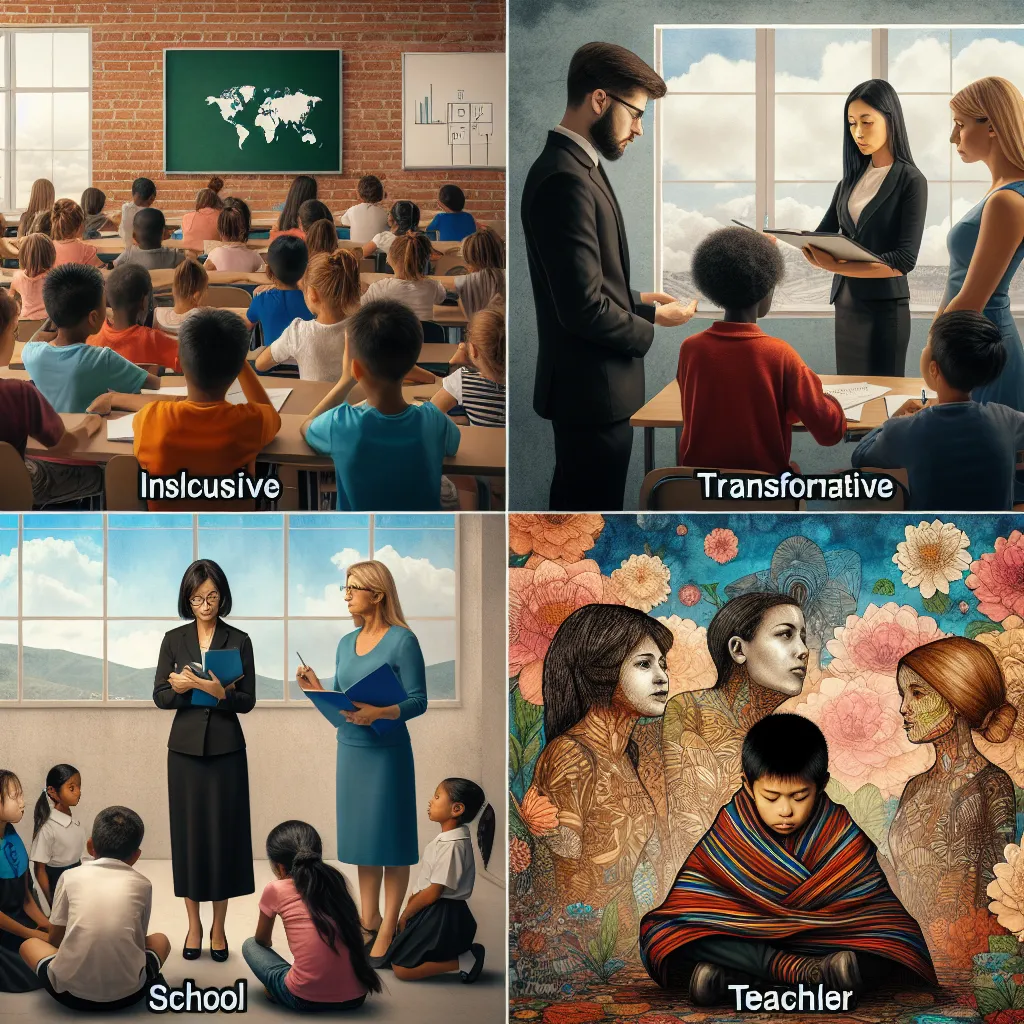 1. Inclusive Education
2. Transformative Teaching
3. Special Schooling
4. Learning Barriers
5. Addressing Social Isolation
6. Embracing Diversity
7. Adaptive Teaching
8. Building Relationships
9.
1. Inclusive Education
2. Transformative Teaching
3. Special Schooling
4. Learning Barriers
5. Addressing Social Isolation
6. Embracing Diversity
7. Adaptive Teaching
8. Building Relationships
9.
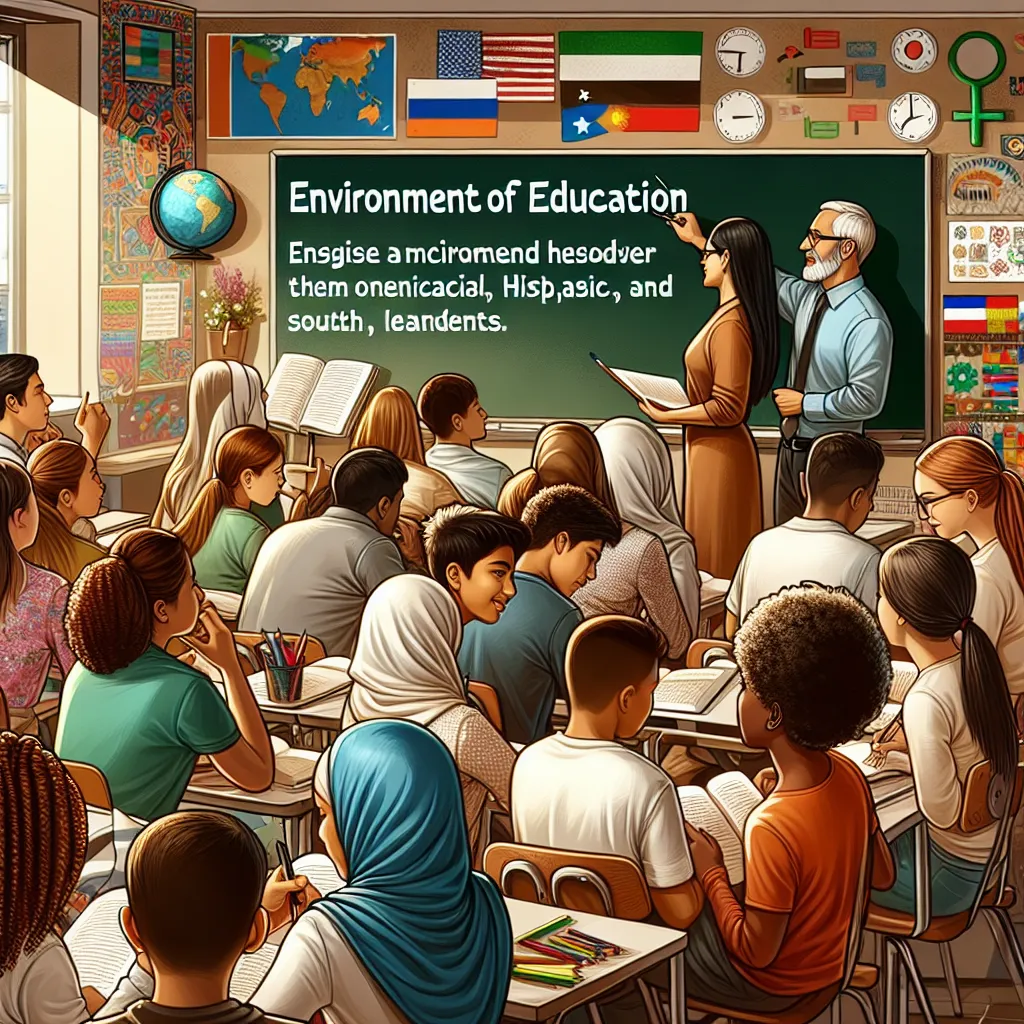 ### 1
1. Inclusive Education
2. Transformative Teacher
3. Special School
4. Barriers to Learning
5. Social Isolation
### 2
1. Assessing Individual Needs
2. Promoting Collaborative Learning
3.
### 1
1. Inclusive Education
2. Transformative Teacher
3. Special School
4. Barriers to Learning
5. Social Isolation
### 2
1. Assessing Individual Needs
2. Promoting Collaborative Learning
3.
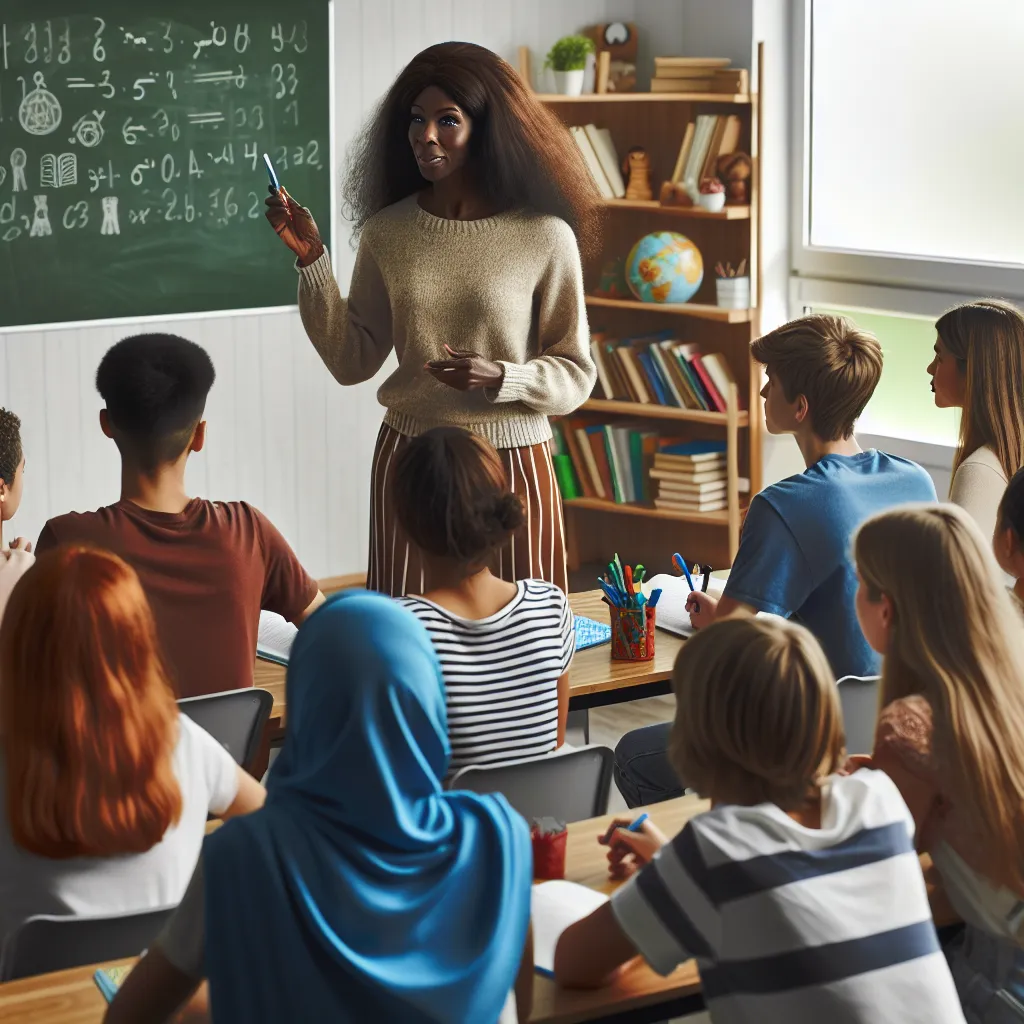 1. Inclusive Education
2. Transformative Teacher
3. Special School
4. Barriers to Learning
5. Social Isolation
Recognizing Individual Needs
Building a Supportive Classroom Culture
Providing Diff
1. Inclusive Education
2. Transformative Teacher
3. Special School
4. Barriers to Learning
5. Social Isolation
Recognizing Individual Needs
Building a Supportive Classroom Culture
Providing Diff
Question Tags
If you want your question answered by an AI, click here.
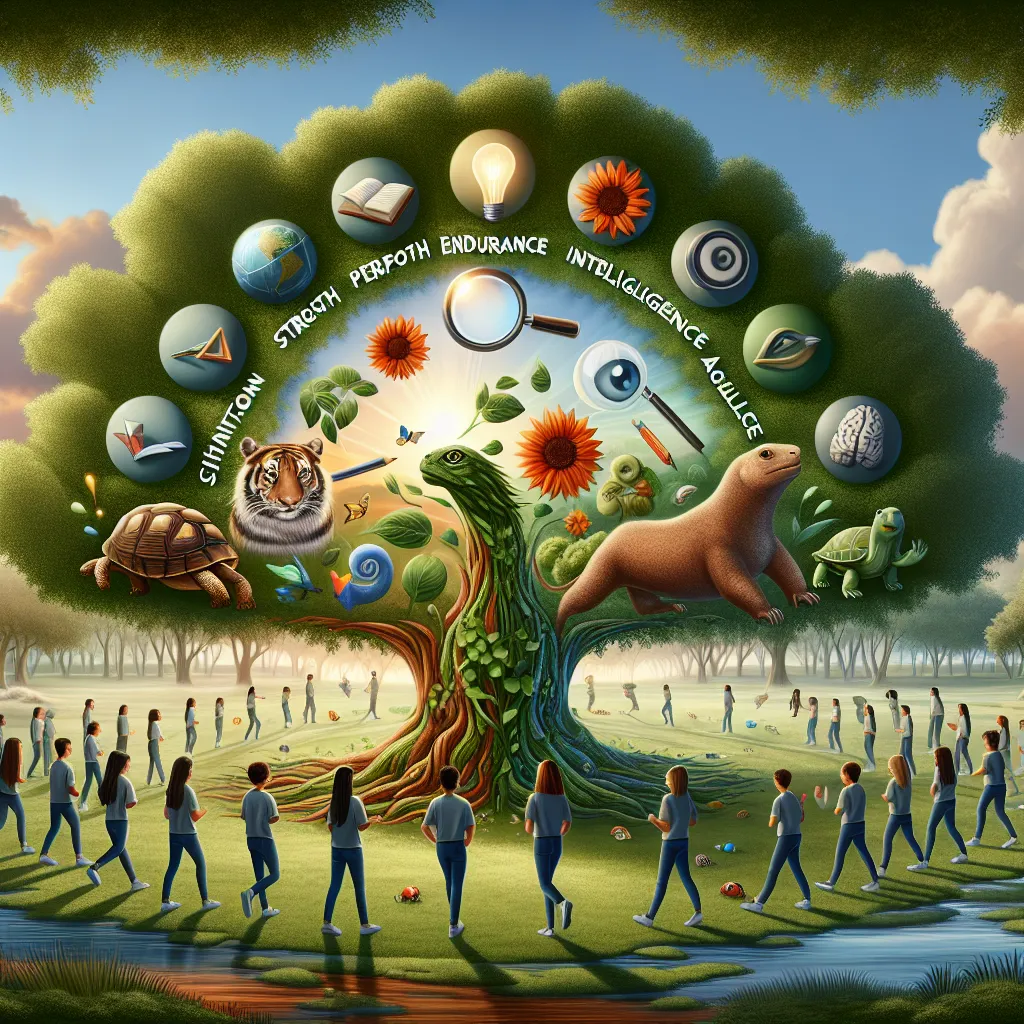
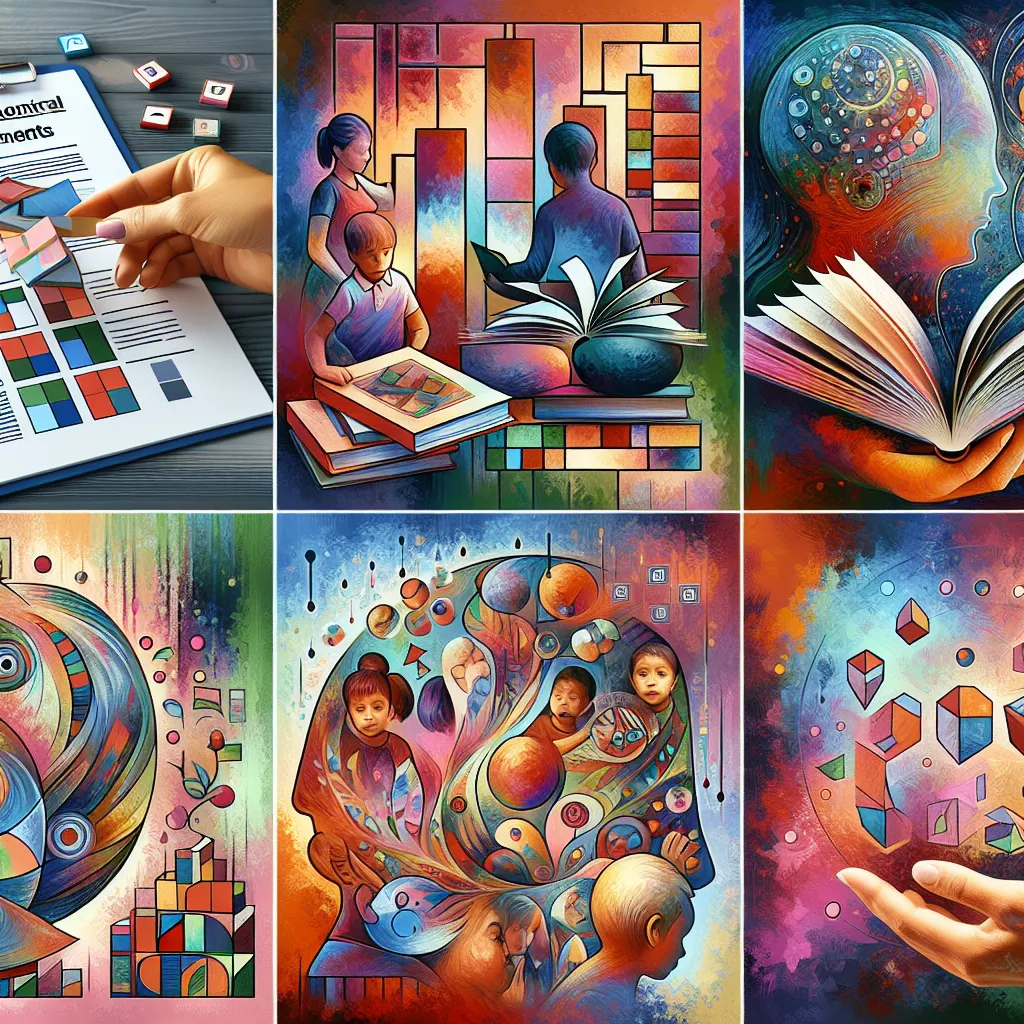
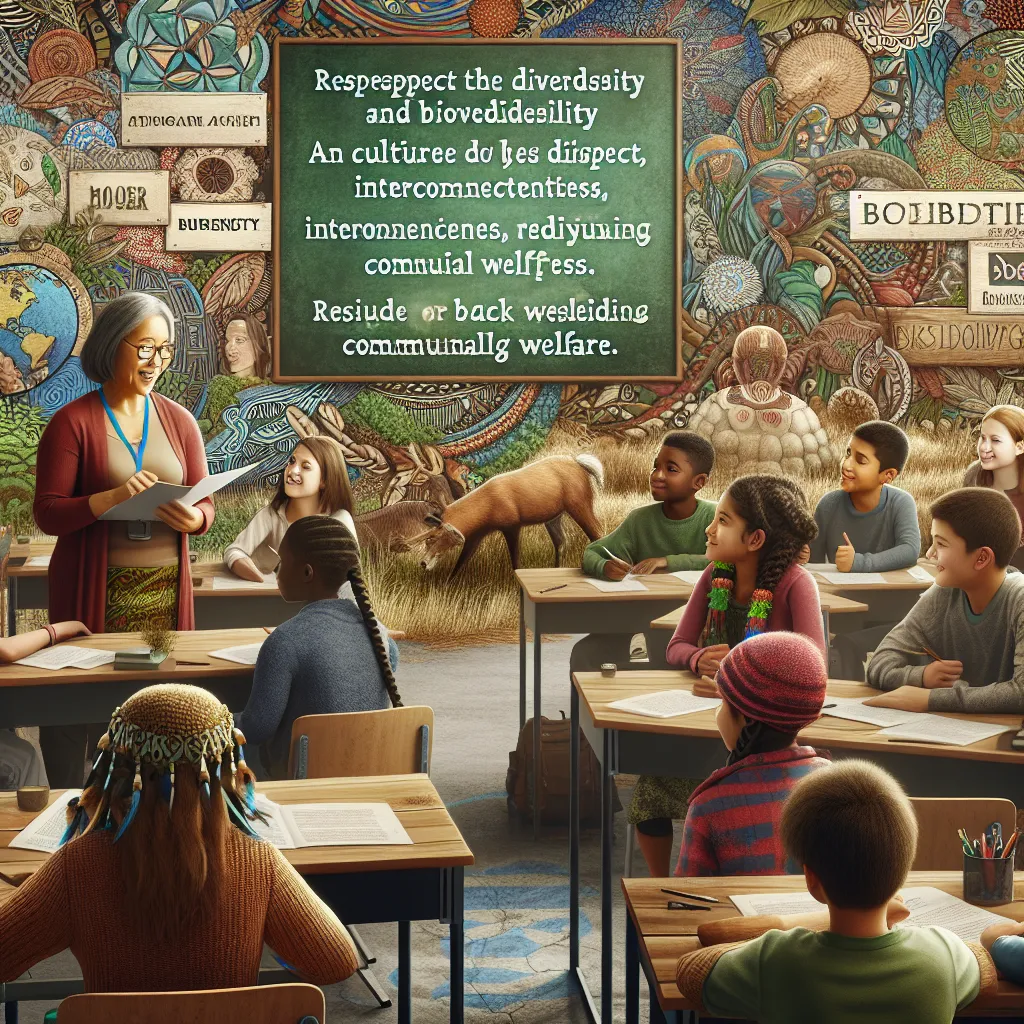

Post your own comment: